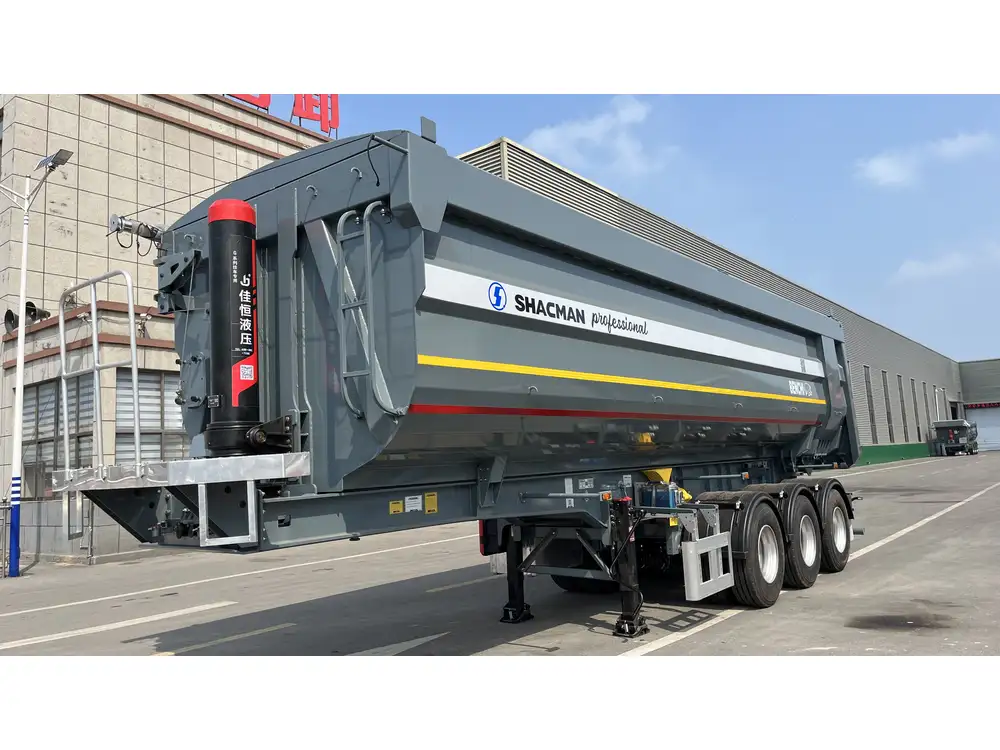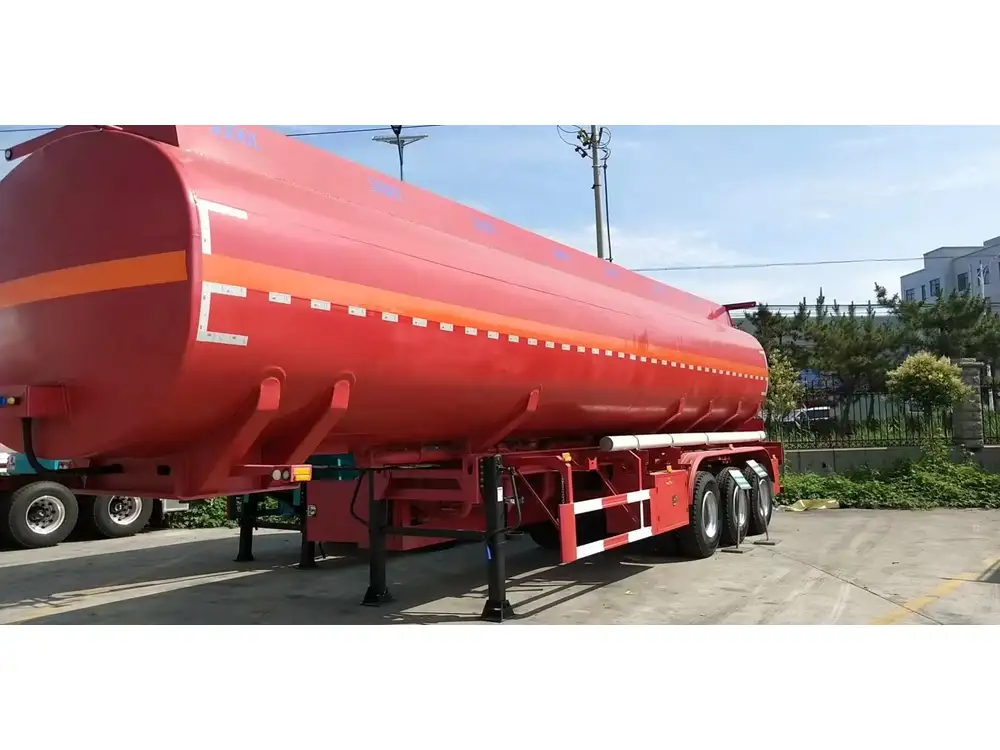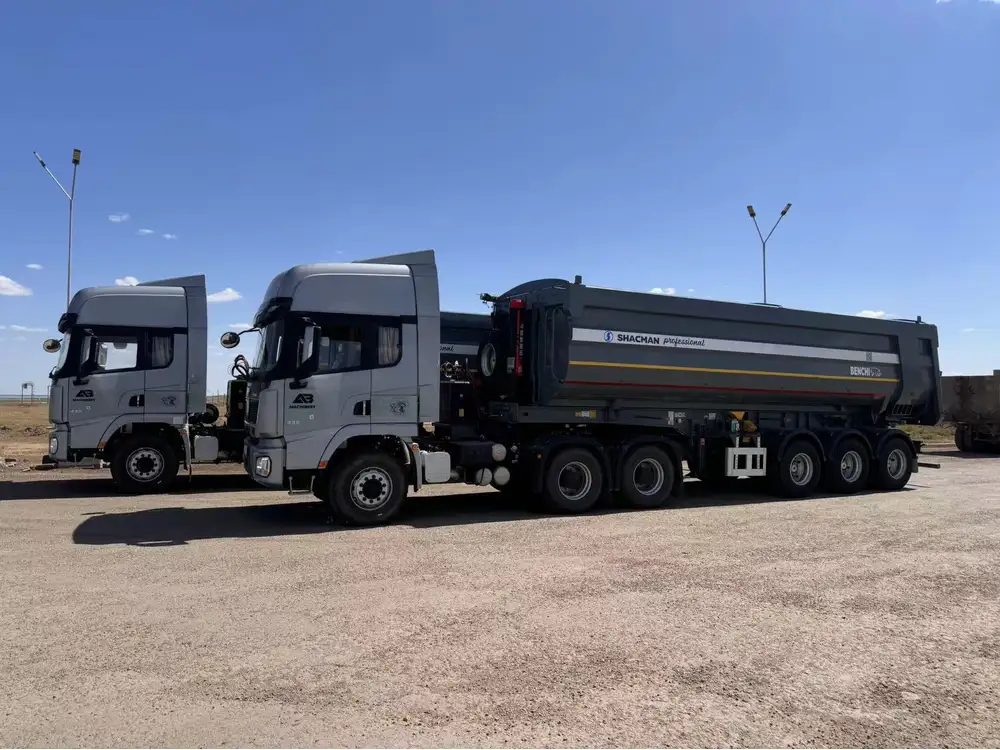As manufacturers and users of semi-trailers, understanding the Department of Transportation (DOT) specifications concerning propane tanks is not just mandatory; it’s vital for safety, compliance, and efficiency in operations. This guide aims to delve deep into the nuances of these specifications, answering pivotal questions and clarifying the necessary protocols surrounding propane tanks utilized in trailer applications.
Understanding DOT Specifications
What are DOT Specifications?
DOT specifications are regulatory frameworks established by the U.S. Department of Transportation that govern the transportation of hazardous materials, including propane. These specifications outline particular requirements regarding the design, construction, testing, and maintenance of tanks that transport propane, ensuring safety and reliability during transit.

Why are DOT Specifications Important?
Understanding and adhering to DOT specifications is crucial for several reasons:
- Safety: Propane is a highly flammable gas. Properly regulated transportation minimizes risks associated with leaks and explosions.
- Legal Compliance: Non-compliance can lead to hefty fines and legal penalties.
- Operational Efficiency: Ensuring equipment meets DOT standards can enhance logistical operations and reduce downtime.
Key DOT Specifications for Propane Tanks on Trailers
The Criteria for Propane Tank Design
The design of propane tanks used on trailers is governed by specific criteria:
| Specification | Description |
|---|---|
| Material | Tanks must be constructed of high-strength materials that can withstand pressure and are corrosion-resistant. Common materials include steel and aluminum. |
| Capacity | Propane tanks are categorized based on their volume capacity, with most trailer tanks typically ranging from 20 to 100 gallons depending on specific usage requirements. |
| Weight | The tare weight (empty tank weight) vs. the maximum allowable weight is crucial for trailer load ambitions and must be compliant for safe transport. |
| Valves and Fittings | All valves must be equipped with emergency shut-off options and must be leak-tested at installation. |

Storage and Mounting Requirements
The method of mounting propane tanks on trailers directly impacts stability and safety:
- Mounting Interfaces: Tanks should be securely mounted, utilizing brackets that minimize movement during transport.
- Clearance and Positioning: Regulations stipulate minimum clearance distances from the ground and other structures to prevent accidental contact or damage.
- Ventilation: Adequate ventilation must be provided around the tank installation to prevent gas accumulation in the event of a leak.
Testing and Certification Regulations
Under DOT guidelines, both new and refurbished propane tanks must undergo rigorous testing:
- Hydrostatic Testing: This involves filling the tank with water and pressurizing it to check for leaks.
- Visual Inspections: Regular inspections are necessary to identify corrosion or damage on the tank’s exterior.
- Requalification: Tanks must be requalified every five years to ensure ongoing compliance and safety.
Propane Tank Marking Requirements

Required Labels and Markings
It’s imperative that propane tanks on trailers have specific markings to comply with DOT regulations.
- Identification Markings: Each tank must be marked with its specification number (e.g., DOT-39, DOT-4BA), clearly indicating it meets DOT standards.
- Manufacturer’s Name: The tank should also display the manufacturer’s name along with the date of manufacture.
- Warning Labels: Proper hazard labels indicating that the tank contains propane must be clearly visible.
Understanding the Label Information
Properly decoding the information on the labels can significantly aid in compliance and safety:
- NMCA: Non-Mandatory Compliance Advice – signifies that while the specifications are recommended, they’re not mandated.
- Service Pressure: This indicates the maximum pressure the tank can withstand safely.
- Type of Propane Gas: Identifying the specific type of propane that’s contained prevents cross-contamination or misuse.
Complying with State Regulations
While the DOT sets federal standards, individual states may impose additional rules:

Additional State-Level Requirements
| State | Specification |
|---|---|
| California | Requires additional safety training for personnel handling propane tanks, focusing on correct loading and unloading procedures. |
| Texas | Enforces stringent maintenance logs for all propane tanks in transit. |
| New York | Mandates additional labeling requirements, including emergency response information. |
Tips for Ensuring Compliance
- Stay Informed: Regularly review state and federal guidelines as they can change.
- Conduct Training: Implement ongoing safety training initiatives to keep all personnel updated about safe handling and transport practices.
- Maintain Records: Keep detailed maintenance and inspection logs to demonstrate compliance during inspections.
Propane Safety Practices During Transportation

Pre-Transport Checklists
Before transportation of propane tanks, it’s important to conduct a thorough pre-transport checklist:
- Visual Inspections: Check for external damages or corrosion.
- Valve Condition: Ensure that valves are properly functioning and secure. Test for leaks if necessary.
- Secure Load: Ensure that tanks are secured without any possibility of movement during transport.
Transport Training for Employees
Training employees on safe transport can drastically reduce accidents and ensure compliance:
- Emergency Procedures: Employees must know how to react in case of a leak or fire.
- Proper Loading Techniques: Understand how to load the propane tanks securely onto the trailer.
- Equip for Safety: Train personnel in using safety equipment such as fire extinguishers and first-aid kits.
Conclusion: The Path to Compliance
Navigating the extensive world of DOT specifications for propane tanks on trailers may feel overwhelming, but compliance is manageable with the right approach. By understanding these standards thoroughly and implementing robust safety practices, manufacturers and distributors can ensure not only regulatory compliance but also the safety of their operations and employees.
In the evolving landscape of transport safety, being educated and prepared is vital. We recommend conducting regular training sessions, keeping up with changing regulations, and utilizing internal audits to maintain safety and compliance standards.
With this extensive knowledge, you’re positioned to ensure your operations with propane tanks on trailers are both compliant and safe.



